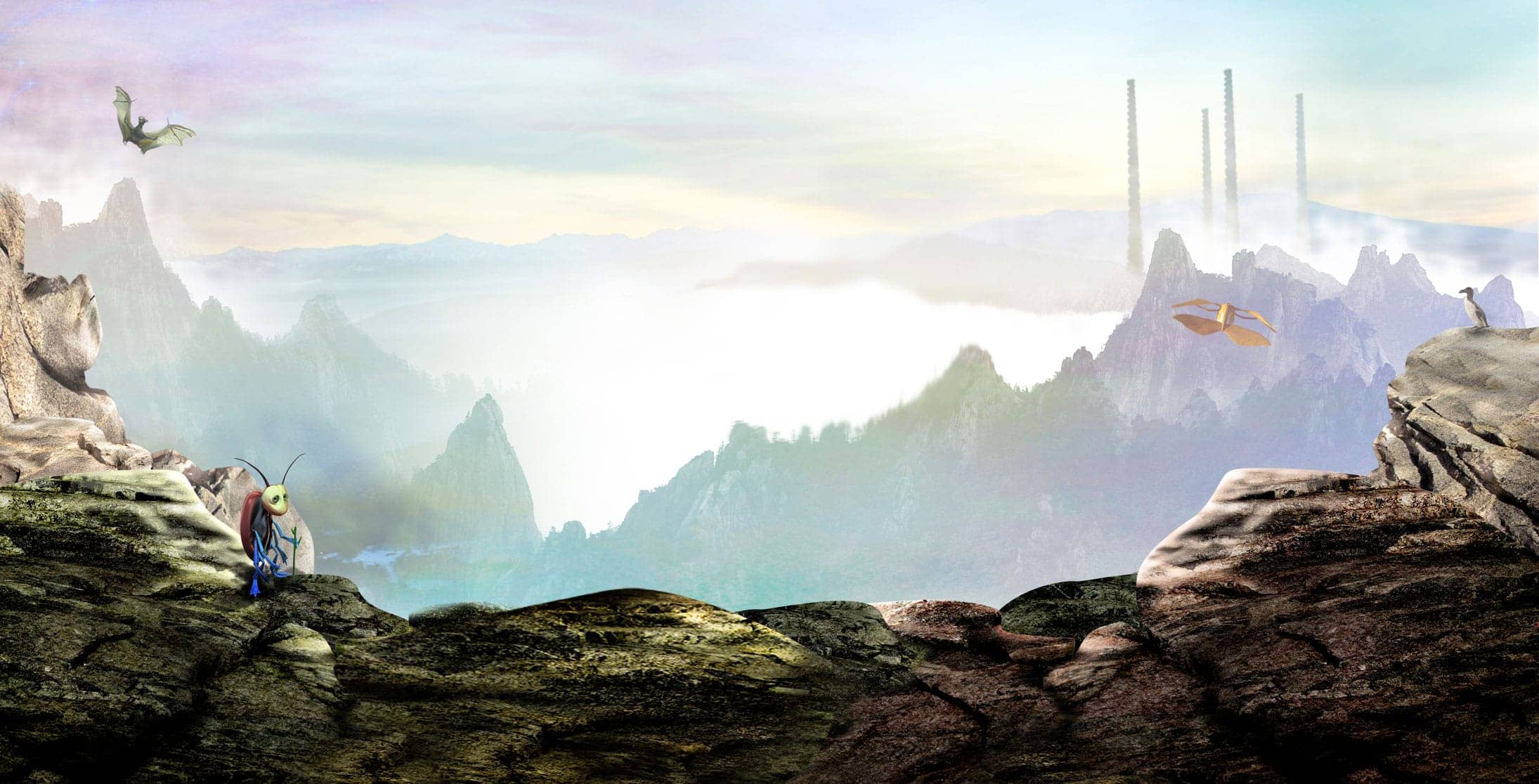Meet the Crab-eater Seal: Antarctica’s adorable ambassador with a surprising secret under its whiskers. These playful seal pups lounging on ice floes don’t eat crabs like their name suggests; they use their weird teeth to feast on krill, tiny ocean crustaceans.
Unlike other seals with sharp, pointed teeth, Crab-eater Seals have flat, interlocking teeth that act like a sieve. As they scoop up water, their teeth act like a barrier, allowing the krill to get trapped while letting the water flow out. Their ridged tongue then helps scrape and swallow the tiny crustaceans.
Here’s why these “weird” teeth are amazing:
Efficiency:
They don’t waste energy chasing individual prey; they just filter massive amounts of water with minimal effort.
Abundance:
Krill is plentiful in the Antarctic waters, and Crabeater Seals can consume immense amounts of krill—up to 40 kg a day! That’s the same as a human eating 40 pizzas!
Adaptation:
These teeth are a perfect example of evolution in action. Over time, Crabeater Seals adapted to their environment, developing a specialised tool for their unique diet.
So, next time you see a picture of a Crabeater Seal, have a closer look at their teeth and appreciate the amazing engineering that allows them to thrive in the icy waters of Antarctica!
From chameleon camouflage to narwhal tusks, creatures adapt and innovate, defying extinction’s grasp and carving their own paths on the evolutionary map, far from the shores of Infinity Island.
More Creatures’ Secrets
We regularly post on our social media pages (@RockfordsRockOpera) about incredible animals and new (and old) biomimicry discoveries. Follow us and enjoy the many ways in which nature inspires us.
Children’s Podcast
Remember, you can also head over to: Apple Podcasts, Spotify, Amazon or anywhere else you listen to podcasts because our Kids Stories, Science, & Secrets Podcast is out now. With inspiring kids’ stories, extraordinary children’s science, and remarkable biomimicry secrets, this is a brilliant, fun kids’ podcast adventure.
Free Children’s Audiobooks
Download our Lost on Infinity ecological audiobook, or you can sample the first two chapters along with free lesson plans and teaching resources, which you can find on our website.

